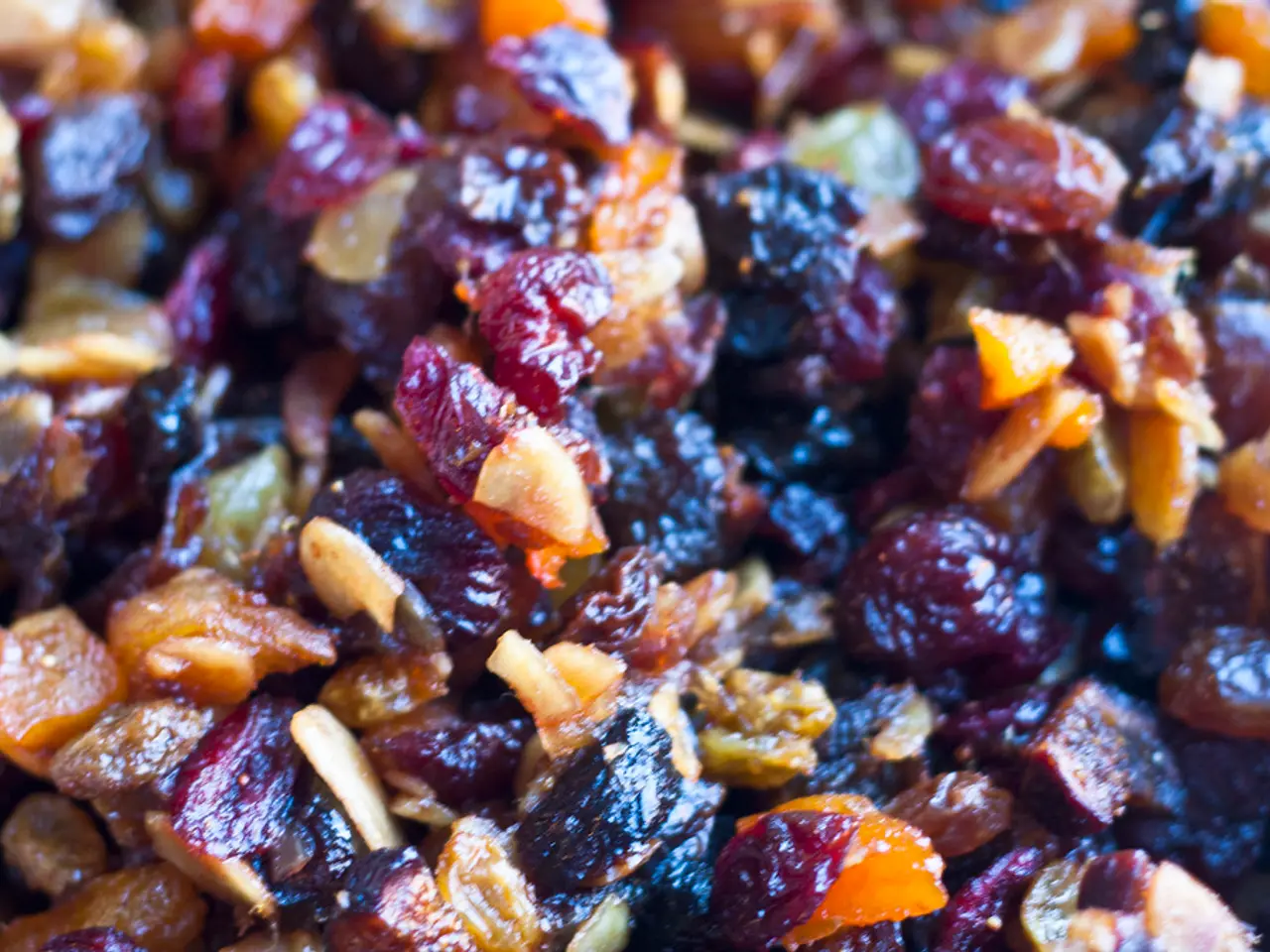EPA's Anaerobic Digestion Data Project Offers Insights on Food Waste Facilities
The Environmental Protection Agency (EPA) has completed its Anaerobic Digestion Data Collection Project, with the final survey conducted in 2024 and data published in 2025. The reports, which cover various types of anaerobic digestion facilities, have drawn interest from companies operating such plants, entities involved in construction and regulation, and a wide range of stakeholders.
The project collected data on stand-alone food digesters, on-farm digesters co-digesting food waste, and digesters at wastewater resource recovery facilities (WRRFs) co-digesting food waste. However, it did not cover all biogas produced in WRRF digesters or facilities processing only manure or wastewater solids. The EPA aims to use this data to inform the public about the number and location of operational AD facilities, biogas production, and efforts to reduce landfilling.
The reports are valuable to state, Tribal, and local governments, non-profits, the biogas industry, researchers, universities, and more. They reflect facilities accepting food waste but may not include all such facilities. Data is not estimated or projected for non-reporting facilities, and operational data from individual facilities is not provided. Therefore, results from one year's report cannot be directly compared to another's due to differing responding facilities.
The EPA's Anaerobic Digestion Data Collection Project, concluded in 2025, provides insights into operational AD facilities accepting food. While it has limitations, such as not covering all biogas production or facilities processing only manure or wastewater solids, it remains a useful tool for stakeholders. More information about digester types can be found on the EPA's webpage.
Read also:
- EU Proposes Using Frozen Russian Assets to Fund €140bn Ukraine Loan
- Event Showcasing Accessibility Technologies
- Revealed: Top and Bottom UK Banks for Digital Banking Services
- Affordable supermarket purchases from dollar stores are not sabotaging typical American nutritional habits, according to research findings







